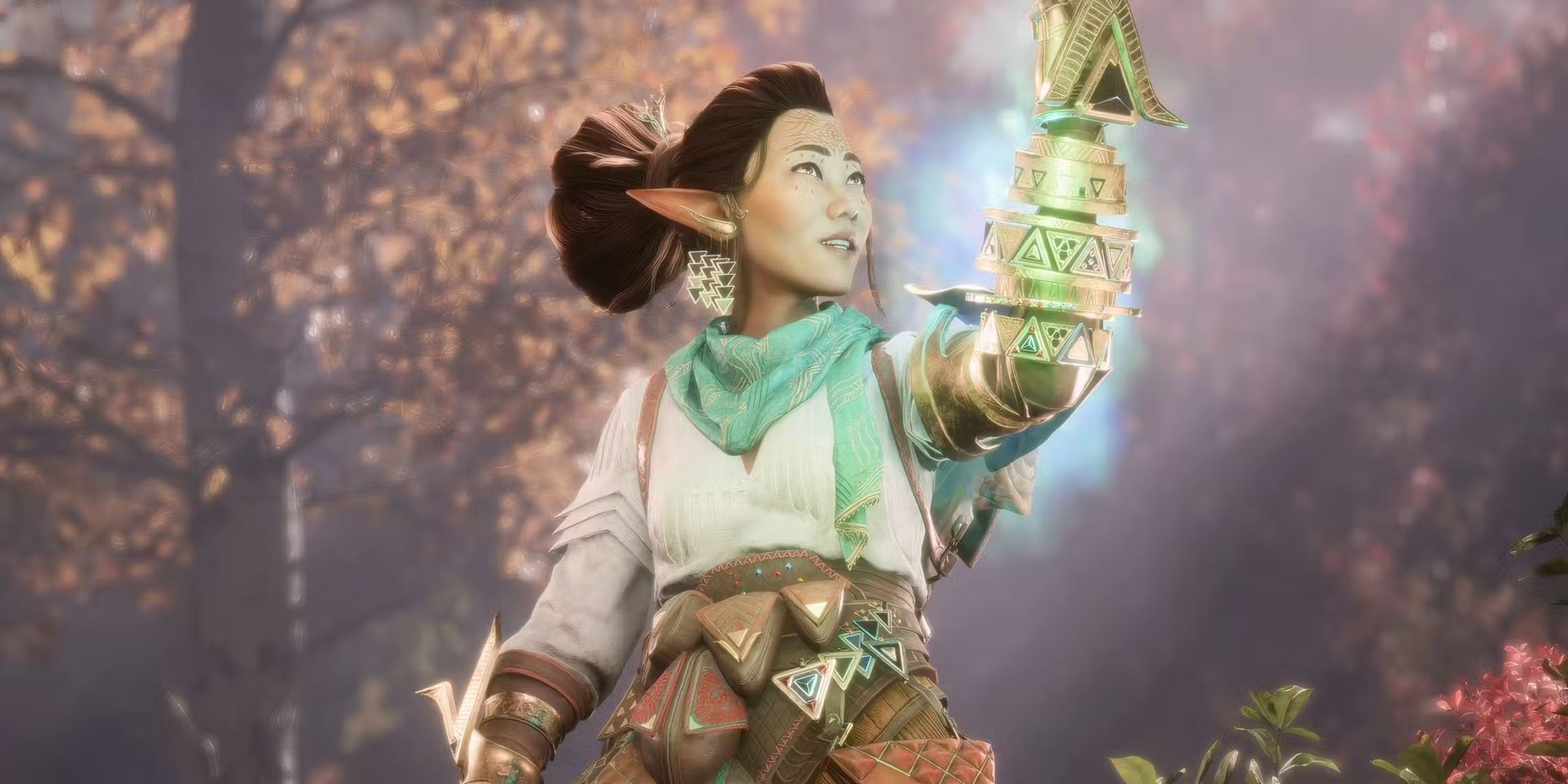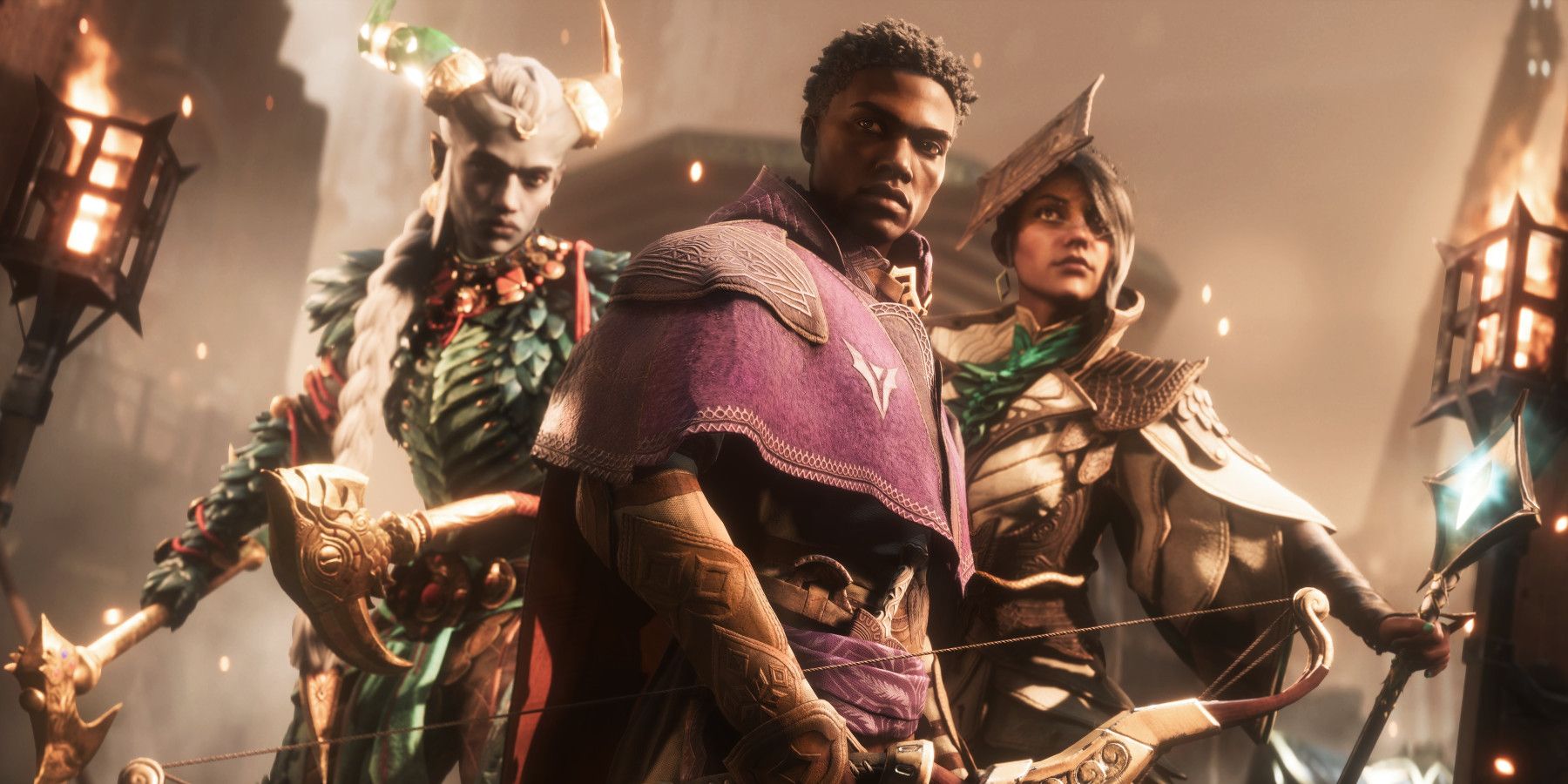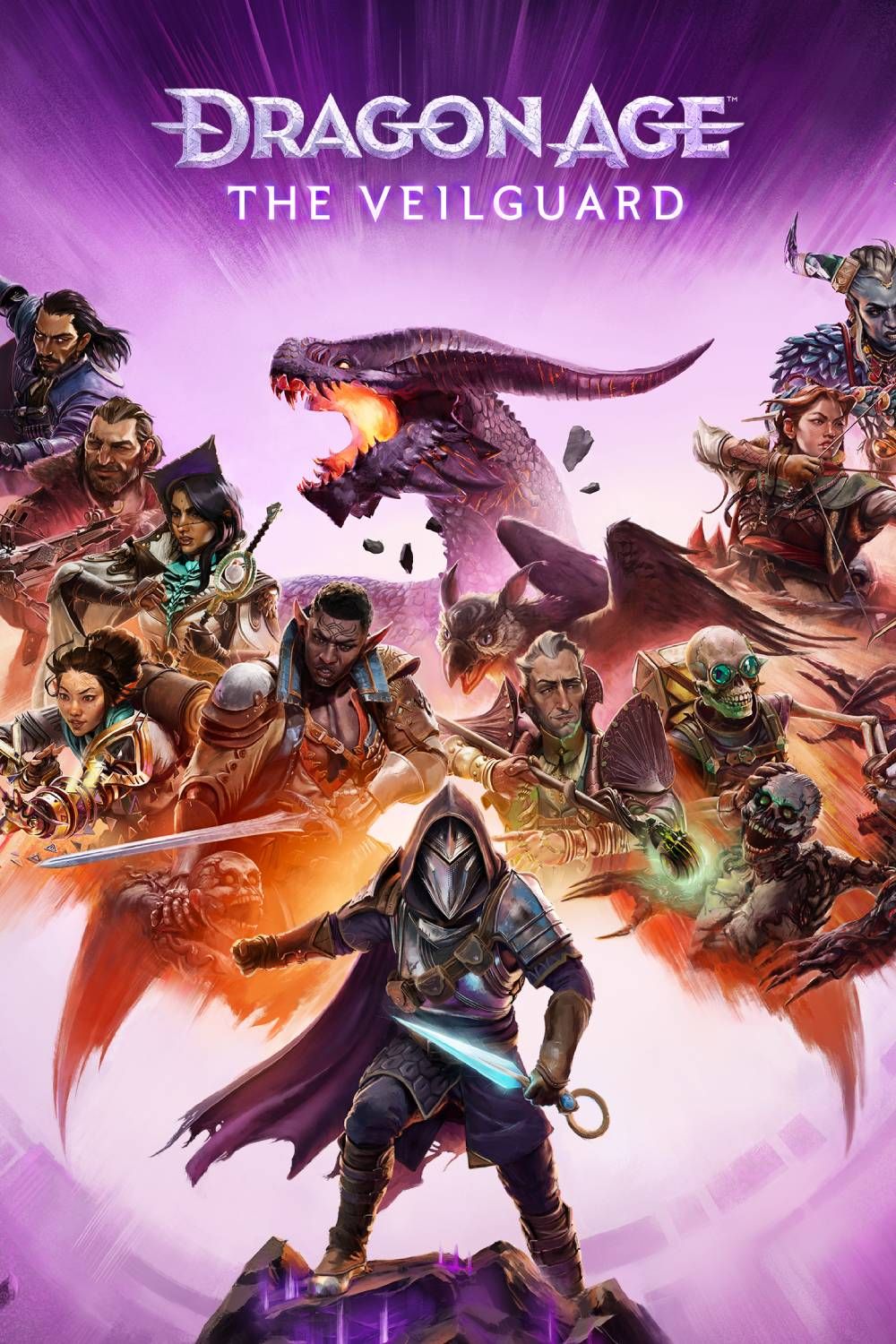[ad_1]
Like previous games in the series, Dragon Age: The Veilguard has three character classes: mage, rogue, and warrior. Classes determine each character’s stats and abilities, and are chosen during character creation. Although they can be further altered through selected skills and specializations, the choice of class is not to be taken lightly. It’s expected to be fixed from the very beginning, and like in other Dragon Age games, cannot be changed.
Thankfully, each of Dragon Age: The Veilguard‘s classes and factions has been thoroughly explored and explained, even before launch. For those who are unsure about their earliest character choices, here’s everything to know about The Veilguard‘s three available classes.
The Warrior Class In Veilguard
Sword, Shield, & Stamina
The first, and perhaps most straightforward, class available to Rook in The Veilguard is warrior. Warrior is the class of steel and shield, relying on physical power and toughness to deal damage and defend its allies. In previous Dragon Age games, warriors have been able to wield a wide variety of melee weapons (swords, axes, maces, shields, greatswords, greataxes, and mauls), and generally wear heavy armor to boost their defenses.
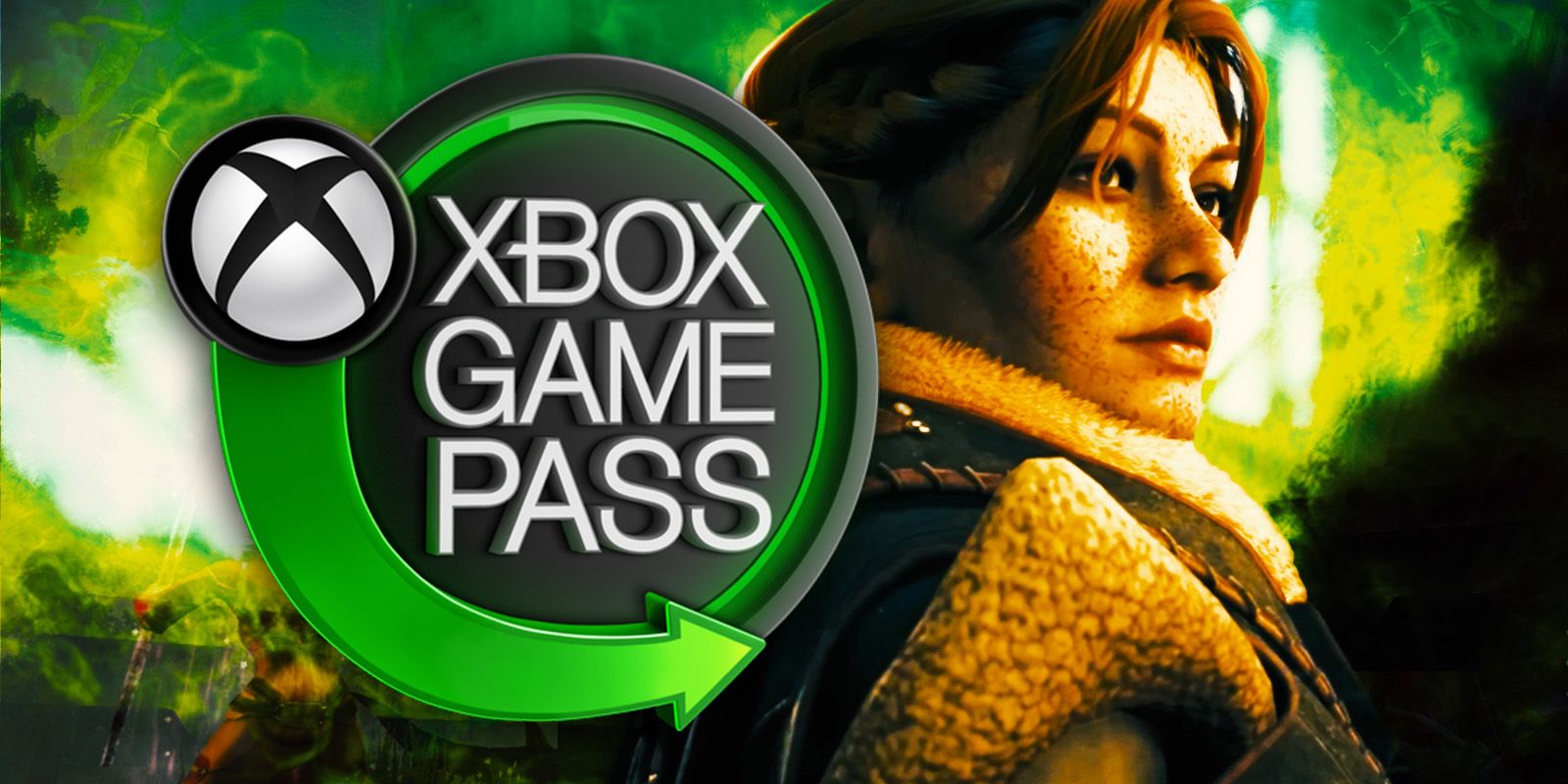
Related
Will Dragon Age: The Veilguard Be Day-One On Xbox Game Pass?
With the forthcoming of the latest instalment in the Dragon Age series, players are wondering if it will arrive on Xbox Game Pass this October.
However, don’t think that every single warrior is a generic white knight. At higher levels, warriors can specialize into one of three subclasses: Champion, Reaper, or Slayer. Let’s look at Champion first. This is a pretty typical tank class, carrying a large shield and rushing into the heat of battle. Champions have high defense and HP, allowing them to take more hits than rogues. mages, or even unspecialized warriors. Their abilities allow them to resist more damage, or draw enemy attention away from their allies. Champions are closely associated with the Grey Wardens faction, making them perfect for archetypal heroes.
Although each specialization is associated with a faction, a player doesn’t have to be a member of that faction in order to use it.
Next is Reaper, which is more like an archetypical dark knight. Reapers are also pretty tanky, although perhaps not as much as Champions. What they do even better, however, is deal damage. Much like Reavers in previous Dragon Age games, Reapers gain access to more powerful abilities when their own HP is low. Playing as a Reaper creates a dangerous game of risk and reward, as the closer to zero they get, the more damage they can deal. They also have powerful self-healing abilities that allow them to steal life from enemies. Reapers are associated with the Mourn Watch faction, who are responsible for guarding the Grand Necropolis.
Finally, there’s Slayer, a heavy weapon variation on the typical warrior class. Slayers are pure damage dealers, bringing enormous greatswords, greataxes, and mauls down to bear on their enemies. They do, however, sacrifice a little bit of speed and defense in pursuit of all that damage. They’re not glass cannons by any means, but brute strength is their strong suit – tactics and defense, not so much. Slayers are most closely associated with the Lords of Fortune faction, a group of rich and powerful treasure hunters.
How The Mage Works In DA: The Veilguard
Magic & Mystery
Mage is, of course, Dragon Age : The Veilguard‘s resident magic-wielding class – but it’s also a lot more. Magic is highly restricted in the world of Dragon Age, viewed as an inherently dangerous force. As such, mages are often distrusted and even oppressed. Choosing to play as one means tying one’s character closely to the heart of Thedas’ lore. Mages can use both staves and elemental orbs in The Veilguard, one for ranged combat, and the other up close.
As per usual, there are three mage specializations, the primary differences between which lie in what kind of magic they can use. In general, mages are low on HP and defense, but high on damage with good positioning and strategic planning. The first mage subclass is Evoker, which uses elemental damage to strike enemy weaknesses. They can also use abilities like Debiiltate to apply status effects, winding up to huge damage spells like Thunderous End. They’re associated with the Shadow Dragons, a new faction that exists in staunch opposition to slavery, corruption, and oppression.
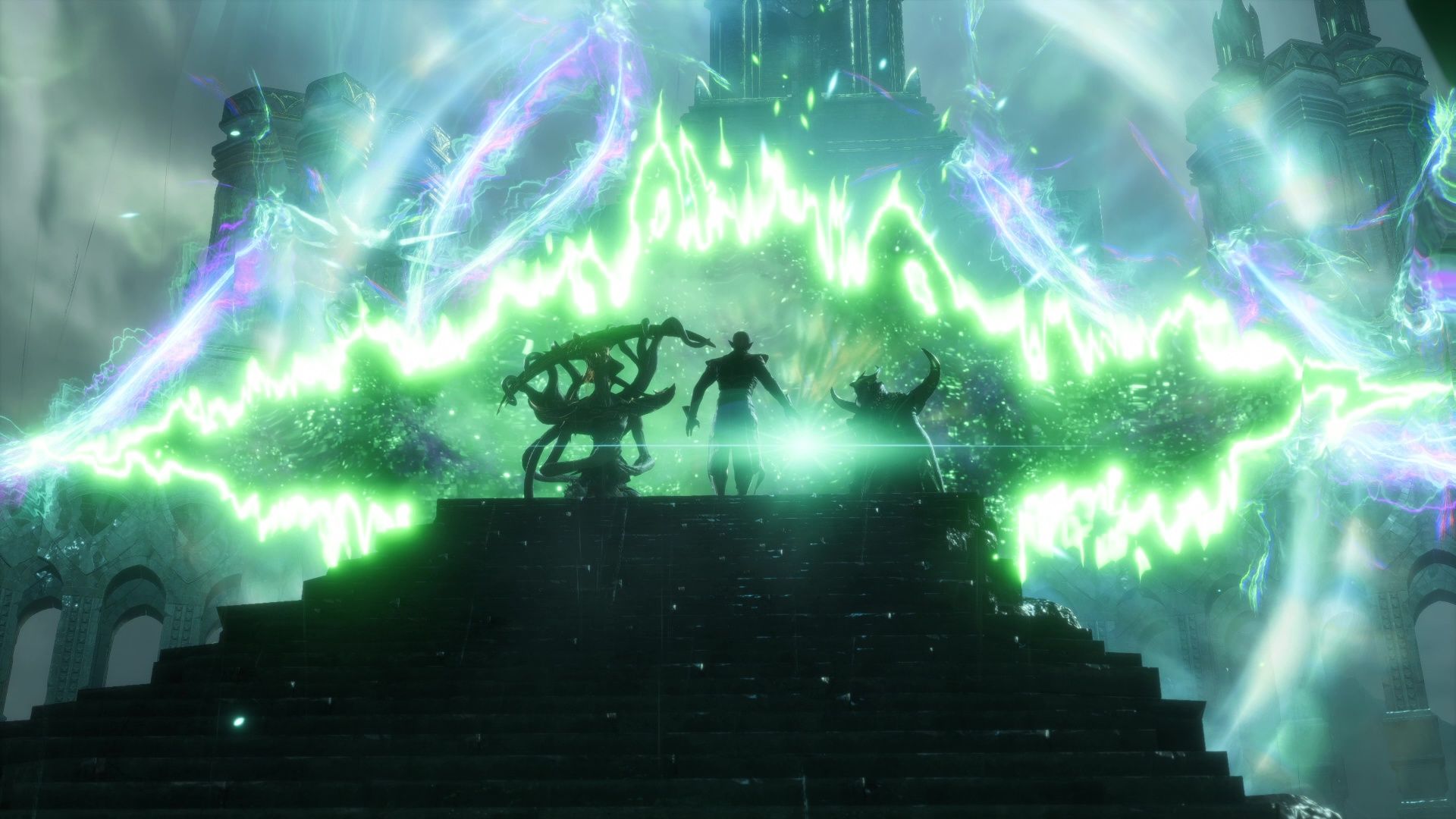
Related
How Dragon Age: The Veilguard’s New Combat Works
Early previews of Dragon Age: The Veilguard are leaving good impressions – but how exactly does the game’s overhauled combat system work?
Next, there’s Death Caller, a necromancy subclass. Death Caller is a new class in The Veilguard, so not much is known about them as of yet. Like typical necromancy classes, though, they’ll probably be able to turn their fallen enemies into defeated allies, or steal HP from their foes. Death Callers are also associated with the Mourn Watch.
Finally, there’s Spellblade, a class that empowers its melee attacks with potent magic. Spellblades have higher defense than most other mage specializations, but they still rely on mana in order to use their abilities. This is, however, a highly flexible and mobile class as a result. They’re associated with the Antivan Crows, a faction that grew out of a collective of poisoners into an anti-aristocracy movement.
Dragon Age: The Veilguard’s Rogue Class Explained
Stealth & Subterfuge
The final Dragon Age: The Veilguard class is rogue. Perfect for hardcore strategists, rogues rely on speed over strength. They wield knives and bows in battle, and use stealth and subterfuge to gain the upper hand over their enemies. There are three rogue subclasses, the first being Duelist. This is an impossibly fast specialization, cutting whirlwinds in the air with dual blades and advanced acrobatic movement. Duelists are associated with the Antivan Crows.
Then, there’s the Saboteur. Instead of traditional weapons, the Saboteur’s main mode of damage is their arsenal of traps. This is loosely based on the Artificer specialization from Inquisition. If it works similarly, it’ll likely rely on area of effect attacks, requiring the player to plant traps, then lure their enemies into them in order to do damage and inflict status effects. The element of surprise and critical hits will likely be a large part of this class’ gameplay. The Saboteur is associated with the Lords of Fortune.

Related
Will Dragon Age: The Veilguard Be Day-One On Xbox Game Pass?
With the forthcoming of the latest instalment in the Dragon Age series, players are wondering if it will arrive on Xbox Game Pass this October.
Finally, there’s the Veil Ranger, Dragon Age: The Veilguard‘s bow-exclusive class. These characters fight solely at range, firing piercing shots at their enemies’ weak points and raining down hails of arrows on large groups. Veil Rangers are associated with the Veil Jumpers faction, the bold stewards of Arlathan Forest.
With three classes and nine specializations to choose from, these are all the options available to players. Although many of them are closely based on classes from previous Dragon Age games, there’s a lot of unique detail in these selections. As always, it’s not a choice to be made lightly, as the player character’s class colors much of their experience in Dragon Age: The Veilguard.
[ad_2]
Source link

